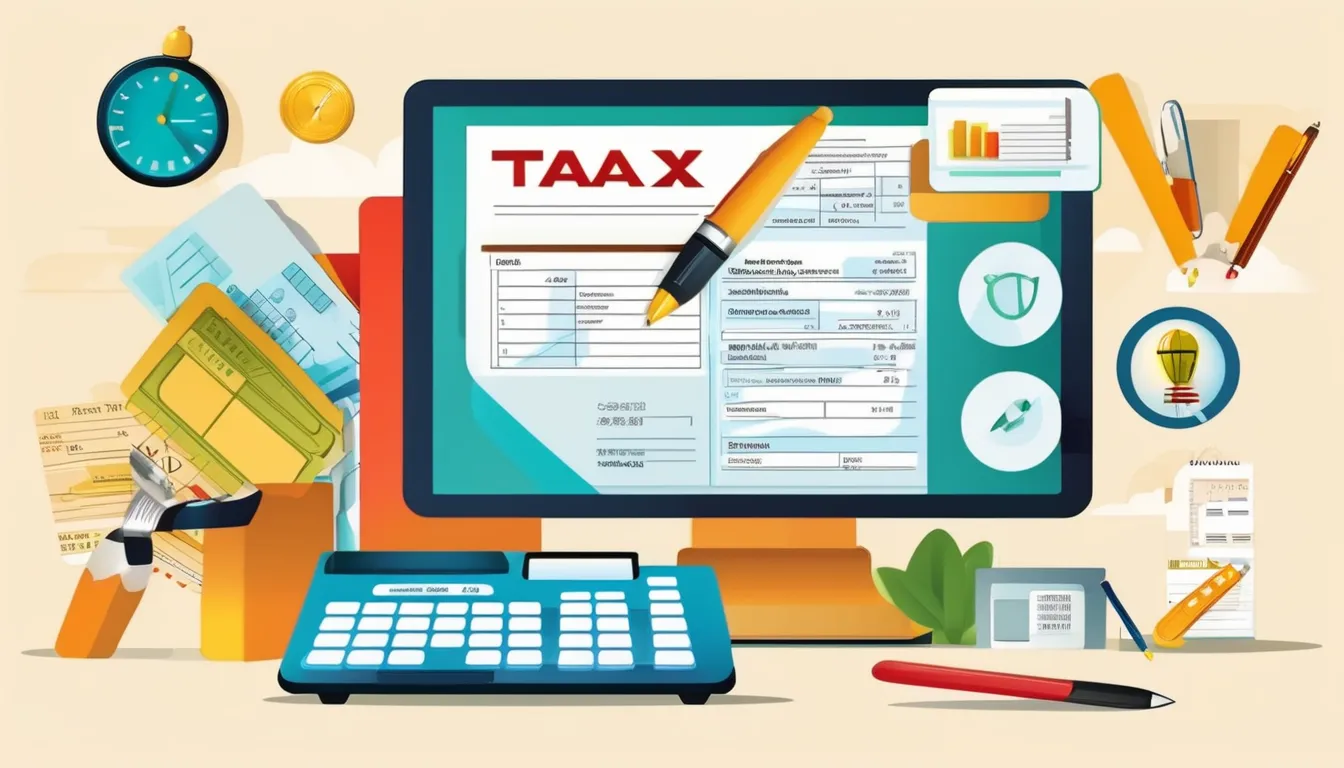As a business owner, you’re constantly looking for ways to minimize your tax liability and maximize your cash flow. One often overlooked strategy is immediate depreciation, which can significantly reduce your taxable income and lead to substantial tax savings. By claiming a large portion of an asset’s depreciation in the first year, you can lower your tax liability and increase your cash flow. But what exactly is immediate depreciation, and how can you apply it to your business? Understanding the ins and outs of this tax strategy can make all the difference in your bottom line – but where do you start?
What Is Immediate Depreciation
When it comes to managing assets, you’ll inevitably encounter the concept of depreciation. Depreciation is the decrease in value of an asset over time due to wear and tear, obsolescence, or other factors.
Immediate depreciation, also known as bonus depreciation or accelerated depreciation, is a tax strategy that allows you to claim a large portion of an asset’s depreciation in the first year of ownership.
This can be a game-changer for businesses, as it can significantly reduce taxable income and lower tax liability.
With immediate depreciation, you can claim up to 100% of an eligible asset’s cost in the first year, rather than spreading it out over several years.
This can result in substantial tax savings, which can be reinvested in the business or used to pay off debt.
Immediate depreciation can be applied to a wide range of assets, from equipment and vehicles to buildings and property improvements.
Types of Eligible Assets
To qualify for immediate depreciation, you’ll need to purchase or acquire assets that meet specific criteria.
These assets must be tangible, meaning they’ve a physical presence, and must be used for business purposes. Examples of eligible assets include machinery, vehicles, computers, and office equipment.
You can also claim immediate depreciation on certain types of property, such as buildings and structural improvements, but these are subject to specific rules and limitations.
In addition to tangible assets, you may also be able to claim immediate depreciation on qualified improvement property, such as renovations to a building’s interior or the installation of new lighting or plumbing.
You can also claim immediate depreciation on certain types of intangible assets, such as software and patents, but these are subject to specific rules and limitations.
It’s essential to consult with a tax professional to ensure that the assets you’re purchasing or acquiring meet the necessary criteria for immediate depreciation.
How to Claim Immediate Depreciation
Typically, claiming immediate depreciation involves a straightforward process that you can usually complete with your annual tax return.
You’ll need to file Form 4562, Depreciation and Amortization, with the IRS. This form is used to report depreciation and amortization expenses for the tax year.
You’ll list the eligible assets you purchased or acquired during the year and calculate their total cost.
On Form 4562, you’ll also need to specify the depreciation method you’re using, such as the Modified Accelerated Cost Recovery System (MACRS) or the Section 179 deduction.
If you’re using the Section 179 deduction, you’ll need to complete Part I of the form.
Make sure to keep accurate records of your assets, including receipts, invoices, and appraisals, as the IRS may request this information to verify your depreciation claims.
It’s essential to follow the IRS’s instructions for Form 4562 carefully and seek professional help if you’re unsure about any part of the process.
You can also consult the IRS’s website for guidance on claiming immediate depreciation.
Benefits for Small Businesses
Claiming immediate depreciation can significantly boost your small business’s bottom line by providing substantial tax savings.
By accelerating depreciation deductions, you can reduce your taxable income, resulting in lower tax liabilities. This can be especially beneficial for small businesses with limited financial resources, as it allows you to retain more of your hard-earned profits.
Immediate depreciation provides several benefits for small businesses, including:
- Increased cash flow: By reducing your tax liability, you can free up more money for business operations, investing in new equipment or hiring additional staff.
- Improved financial flexibility: With more cash on hand, you can make strategic decisions about your business, such as expanding into new markets or developing new products.
- Enhanced competitiveness: By reducing your tax burden, you can invest more in your business, stay competitive, and attract new customers.
Common Tax Savings Mistakes
Many small businesses overlook crucial opportunities to maximize their tax savings through immediate depreciation.
You might be one of them, and it’s essential to be aware of common tax savings mistakes to avoid losing out on significant benefits.
One mistake isn’t keeping accurate records of asset purchases, which can lead to missed opportunities for immediate depreciation.
Another mistake isn’t understanding the difference between Section 179 and bonus depreciation.
Section 179 allows you to deduct the full cost of qualifying assets, while bonus depreciation provides an additional deduction on top of standard depreciation.
Not utilizing these deductions correctly can result in missed savings.
You should also be aware of the half-year convention, which can reduce your depreciation deduction if not applied correctly.
Additionally, failing to consider the impact of state and local taxes on your depreciation deductions can lead to errors in your tax calculations.
Conclusion
By understanding immediate depreciation and how to claim it, you can significantly reduce your business’s 一括償却 節税商品 able income and increase cash flow. This tax strategy allows you to retain more of your profits, make strategic business decisions, and stay competitive in your industry. To maximize savings, ensure accurate record-keeping and correct application of depreciation methods. This proactive approach will help you save on business taxes and stay ahead financially.



